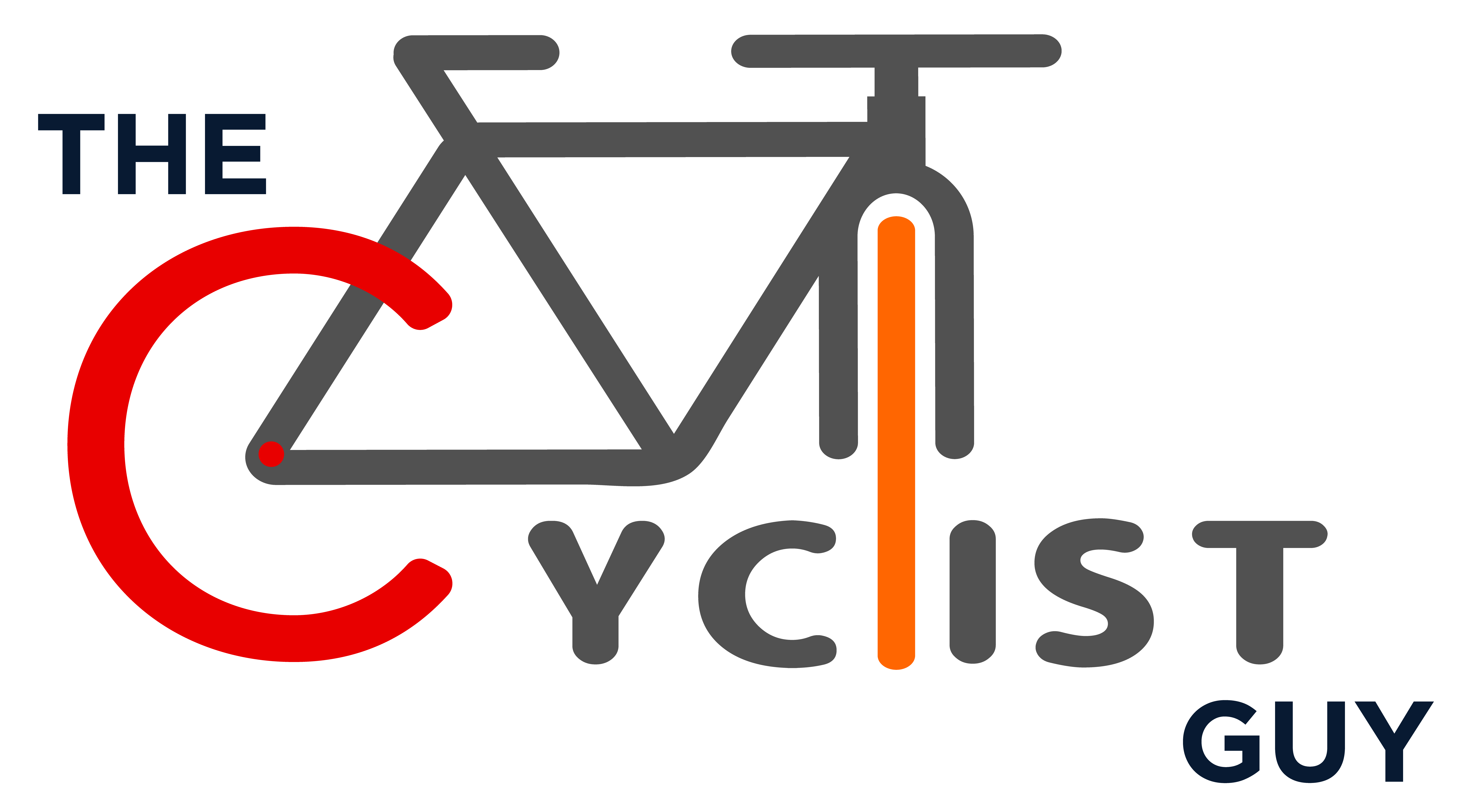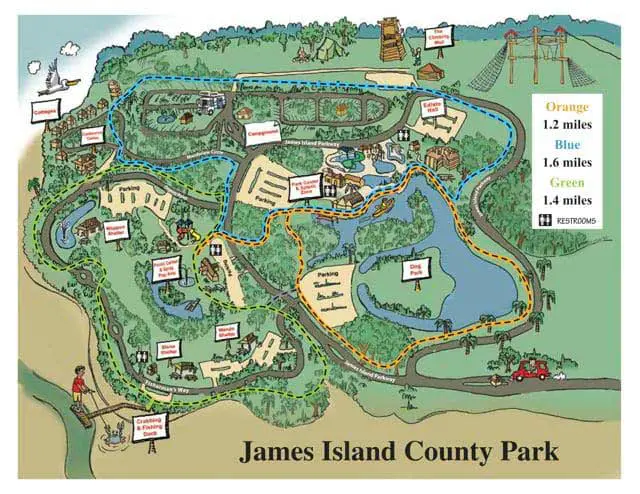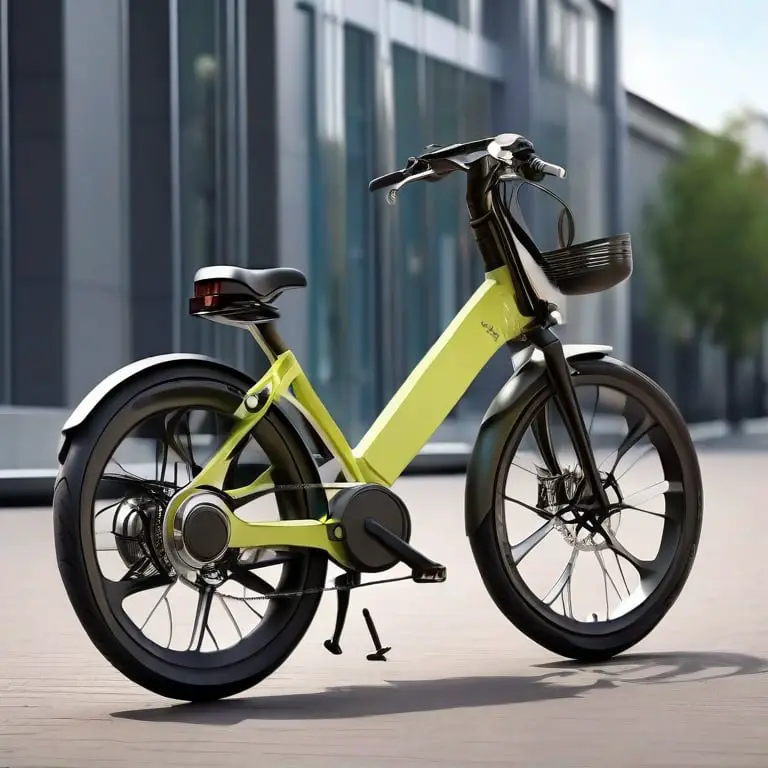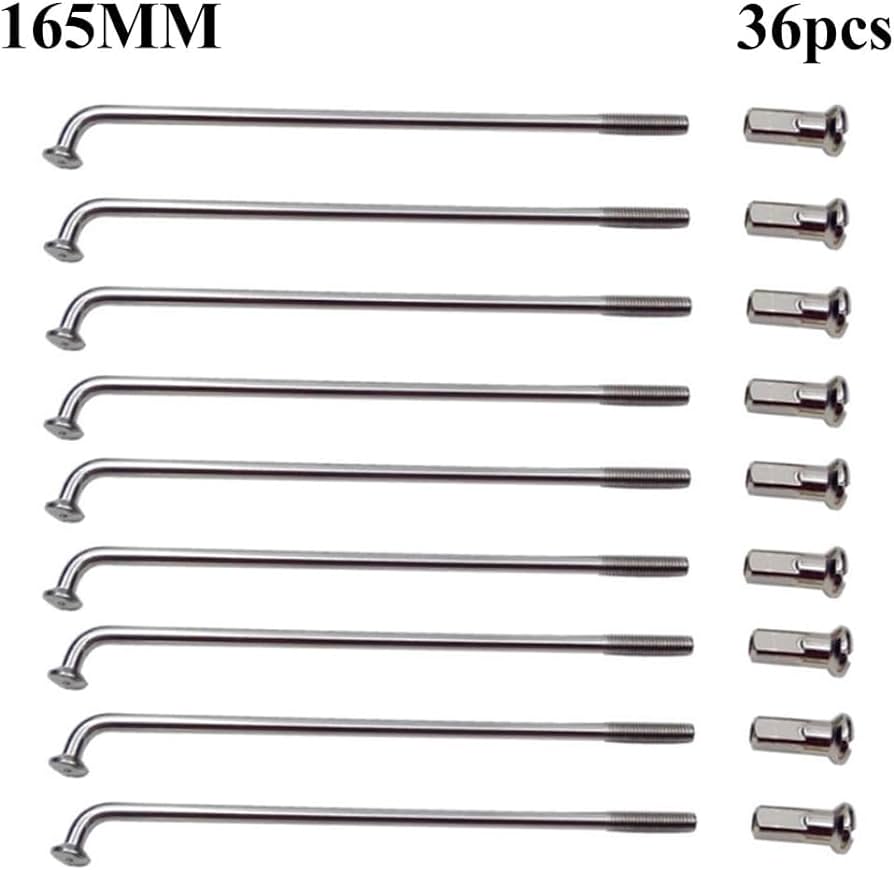How to Bicycle Faster: Boost Your Speed in 5 Steps
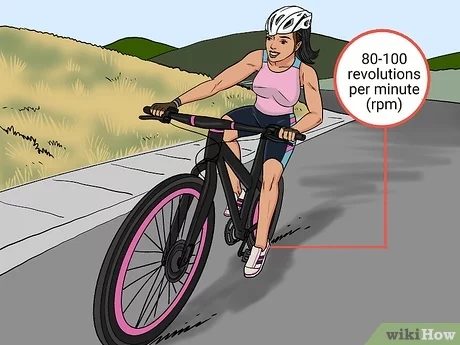
As an affiliate, we may earn from qualifying purchases. We get commissions for purchases made through links on this website. You can read more on our Affiliate Disclaimer here.
To bicycle faster, improve your pedaling technique and increase your leg strength. Maintain a consistent training routine.
Cycling efficiently requires dedication and proper technique. Strong legs are crucial for generating more power and speed.
Consistent training, including interval workouts and endurance rides, enhances your overall performance. Proper bike maintenance ensures smooth rides, reducing resistance. Aerodynamics also play a role; a streamlined position reduces drag.
Nutrition and hydration are vital for sustained energy levels. Focus on these key areas to see noticeable improvements in your cycling speed.
Introduction To Speed Cycling
Riding a bicycle fast is fun. It gives a rush of excitement. Feeling the wind on your face can be thrilling. Speed cycling is not just about fun. It also boosts fitness.
Pushing your limits can help you stay fit and healthy. Fast biking improves your endurance. It makes you stronger and quicker. Many people enjoy the challenge of speed cycling. They love to see how fast they can go.
Faster biking improves heart health. It makes your heart pump stronger. It helps you burn more calories. This can help you lose weight. Biking fast builds muscle strength. Your legs get stronger with each ride.
It also boosts mental health. Speed cycling can reduce stress and make you feel happier. Riding fast can save you time. You reach your destination quicker.
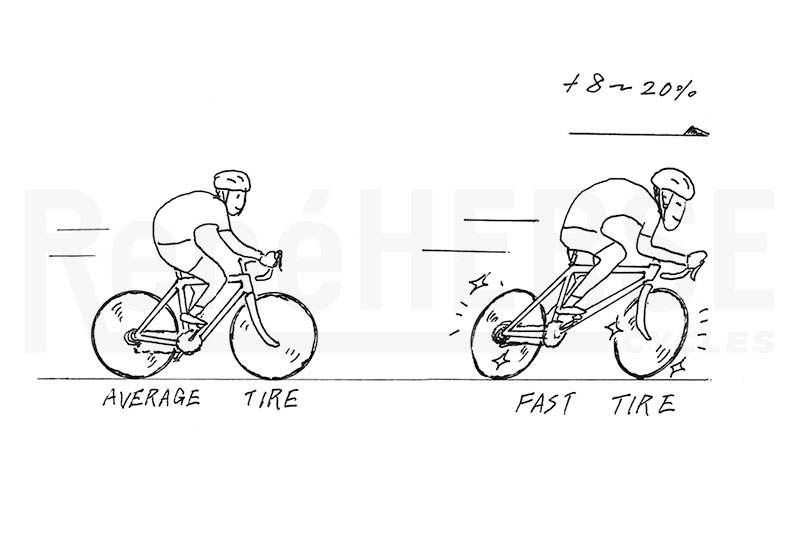
Credit: www.renehersecycles.com
Evaluating Your Current Performance
Assess your current cycling performance by tracking speed and endurance. Identify areas of improvement for a faster ride.
Assessing Your Baseline
Start by measuring your current speed. Use a cycling app or speedometer. Record your average speed over several rides. This will show your progress later. Include different terrains in your rides. This helps to get a complete picture of your abilities. Note your strengths and weaknesses. This information is very helpful.
Tracking Progress
Keep a log of your rides. Write down the distance and speed each time. This helps you see improvements. Use graphs or charts to make it visual.
Review your log every week. Celebrate small wins to stay motivated. Adjust your goals based on your progress. Tracking helps you stay focused.
Optimizing Your Bike Setup
Aerodynamics play a big role in how fast you can bike. Reducing wind resistance can make you quicker. Adjust your bike to be more streamlined. Lowering your handlebars helps. Tuck your elbows in when riding. Wear tight-fitting clothing. These steps will help you cut through the air.
The right gear can make a big difference. Use lighter gears for climbing hills. Heavier gears work better on flat roads. Keep your tires properly inflated.
This reduces rolling resistance. Regularly check your bike chain. A well-oiled chain is smoother and faster. Make sure your brakes don’t rub against the wheels.
Enhancing Your Riding Technique
Improve your cycling speed by refining your riding technique. Focus on maintaining a consistent cadence and optimizing your gear shifts.
Mastering The Pedal Stroke
Mastering the pedal stroke is key to biking faster. Focus on making smooth and circular motions with your feet. Imagine you are wiping mud off your shoes at the bottom of the stroke. This helps to distribute power evenly throughout the entire pedal stroke. Practice this technique until it becomes natural. Consistent practice will make your legs stronger and more efficient.
Cornering And Descending Skills
Cornering and descending quickly can save lots of time. Always look where you want to go, not where you are. Keep your body low and centered over the bike. Use your outside foot to push against the pedal for better grip.
Brake before entering a corner, not during. On descents, relax your grip on the handlebars. This will help you absorb shocks better. Practice on different terrains to improve your skills.
Building Strength And Endurance
Boost cycling speed by incorporating interval training and hill climbs. Strengthen leg muscles through resistance exercises. Maintain a consistent riding schedule for optimal endurance.
Targeted Strength Training
Strength training helps your muscles grow. Strong muscles make you pedal faster. Focus on your legs. Do squats and lunges. Use weights to add resistance. Stronger legs mean more speed and power. Train your core too. A strong core gives balance and control. Planks and sit-ups are great for this.
Interval Workouts For Stamina
Interval workouts build stamina. Ride fast for a short time. Then ride slow to rest. Repeat this cycle. Your stamina will improve. More stamina helps you ride longer and faster. Try different intervals. Start with 30 seconds fast, then 1 minute slow. Adjust as you get better.
Nutrition And Hydration Strategies
Eating the right foods helps you bike faster. Carbohydrates give you energy. Proteins help your muscles recover. Fats provide long-term energy. Eating balanced meals is key. Avoid sugary snacks that give quick energy bursts. These can cause crashes later.
Plan your meals before your rides. Eat a small meal 2-3 hours before biking. Include complex carbs and proteins. A small snack 30 minutes before can help too. This keeps your energy levels steady. Listen to your body and eat when you feel hungry.
Drinking water is crucial for biking faster. Dehydration slows you down. Aim for 500ml of water per hour. Electrolyte drinks can help on hot days. These replace lost salts and minerals. Carry a water bottle with you always.
Drink small sips throughout your ride. Avoid gulping large amounts at once. This prevents stomach cramps. Monitor your hydration by checking your urine color. Light yellow means you are hydrated. Dark yellow means you need more water.
Recovery For Sustained Performance
Rest is key to cycling faster. Muscles need time to heal after hard rides. Proper rest helps muscle growth and strength. Sleep is also very important. 7-9 hours of sleep is ideal for most. Good sleep helps the body recover quicker. Hydration is also critical. Drink water throughout the day, not just during rides. Hydrated muscles work better and recover faster.
Active recovery can help you ride faster. Light cycling on rest days can keep muscles loose. Stretching helps too. Gentle yoga can be very effective. Foam rolling eases muscle tension. Massage can also be beneficial.
Low-intensity activities like walking are helpful. These activities improve blood flow to muscles. Good blood flow speeds up recovery.
Advanced Equipment And Technology
Enhance your cycling speed with advanced equipment and technology. Optimized gear and aerodynamic designs significantly boost performance. Experience faster rides by integrating cutting-edge tech into your biking routine.
Investing In High-end Components
High-end bike components can make your ride smoother and faster. Lightweight frames reduce the effort needed to pedal. Carbon fiber wheels are strong and light, helping you speed up quickly.
High-quality gears and chains ensure your bike runs efficiently. Better brakes let you control your speed with ease. Upgrading to tubeless tires can also reduce punctures and rolling resistance.
Leveraging Cycling Tech
Cycling computers track your speed, distance, and route. Power meters measure how much power you use, helping you train better. Heart rate monitors keep track of your fitness level. Smart trainers allow you to train indoors with real-world conditions.
GPS devices help you navigate new routes without getting lost. Apps and software can analyze your performance and suggest improvements.
Consistency And Mental Focus
Creating a routine helps you build muscle memory. Practice riding at the same time each day. This helps your body get used to the effort. Stick to a schedule to see improvements faster. Warm up properly before each ride.
This keeps your muscles ready for hard work. Track your progress and set small goals. Achieving these goals can boost your confidence.
Stay positive during your ride. Positive thoughts can improve performance. Visualize success before you start. Picture yourself crossing the finish line. Break the race into smaller parts. Focus on one section at a time.
Deep breathing can help you stay calm. Take deep breaths if you feel stressed. Use mantras like “I am strong” or “I can do this”. These words can keep you motivated.

Credit: m.youtube.com
Conclusion: Bringing It All Together
Setting small, achievable goals can help track progress. Start with short distances and slowly increase them. Celebrate each milestone to stay motivated. Tracking goals with a journal or app can be helpful. Stay consistent with your training and adjust goals as needed.
Joining a cycling community can provide support and motivation. Group rides can help improve speed and endurance.
Experienced cyclists can offer valuable tips and advice. Cycling events can be fun and challenging. Making new friends can make cycling more enjoyable.

Credit: www.wikihow.com
Frequently Asked Questions
How Do I Increase My Cycling Speed?
Increase cycling speed by improving your fitness, practicing interval training, maintaining a healthy diet, and using a lighter bike.
How To Go Really Fast On A Bike?
To go really fast on a bike, maintain a low aerodynamic position, use proper gear ratios, and pedal efficiently. Regularly train for endurance and speed, and ensure your bike is well-maintained.
What Makes A Bicycle Go Faster?
Lighter frames, aerodynamic design, and high-quality tires make a bicycle go faster. Proper maintenance and efficient riding techniques also boost speed.
Why Am I So Slow In Cycling?
You might be slow in cycling due to lack of training, poor bike fit, or inadequate nutrition. Improve your fitness, ensure your bike fits well, and maintain a balanced diet for better performance. Regular practice and proper rest are also crucial.
How Can I Increase My Cycling Speed?
Focus on improving your leg strength, using proper gear ratios, and maintaining a consistent cadence.
Conclusion
Mastering techniques to bicycle faster can boost your performance. Remember, consistent practice and proper gear are key. Incorporate these tips into your routine.
You’ll soon notice improvements. Stay motivated and enjoy the ride!
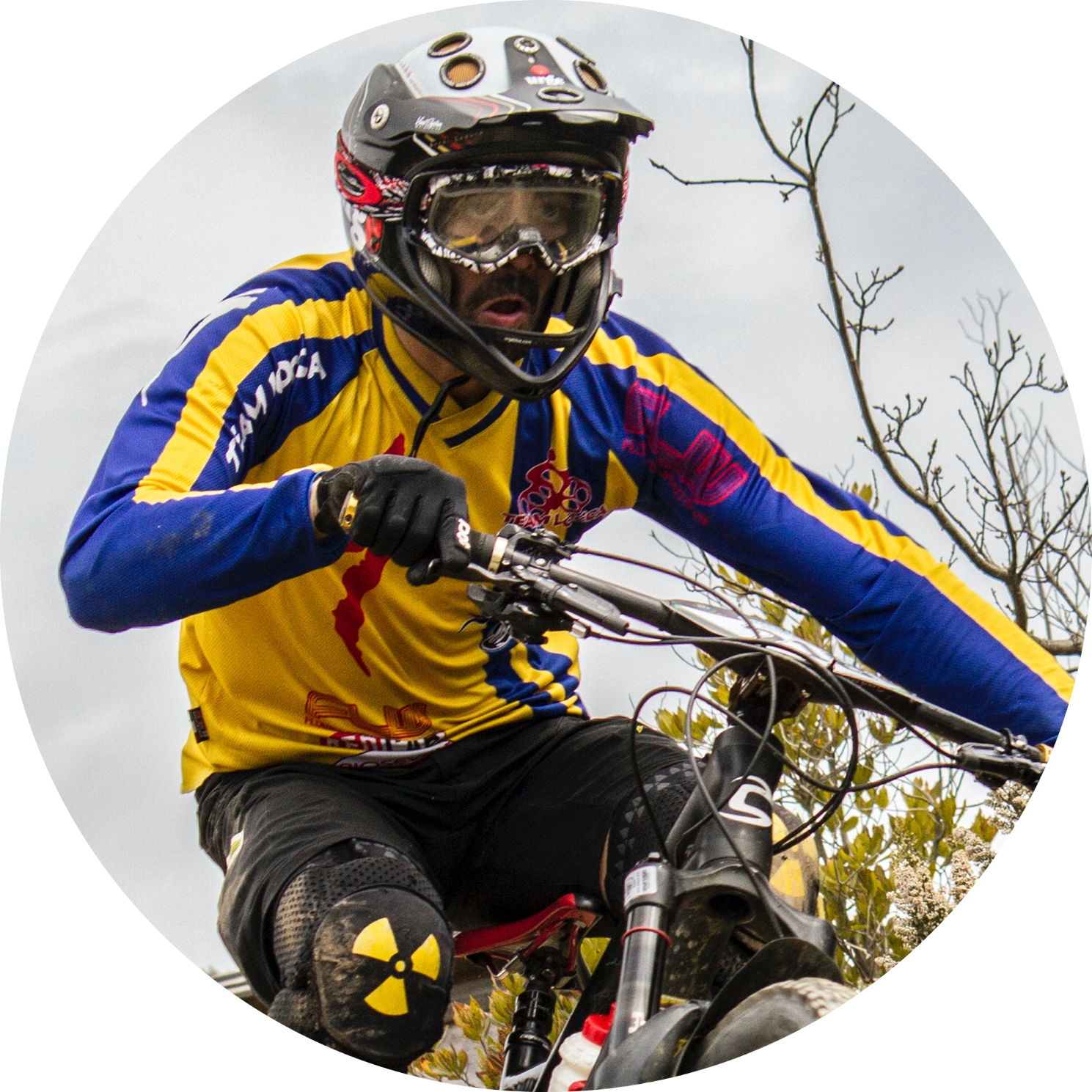
Steven is a professional cyclist and his passion is cycling. He has been cycling for the last 6 years and he loves using bikes while outing as well. Based on his experiences with the different types of bikes; he is sharing his opinions about various bikes so that a beginner can start right away. Find him on Twitter @thecyclistguy Happy Biking.
